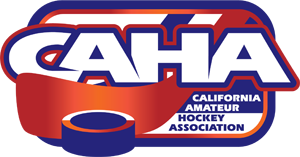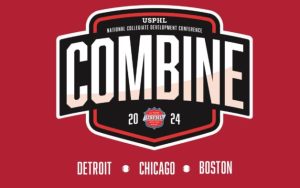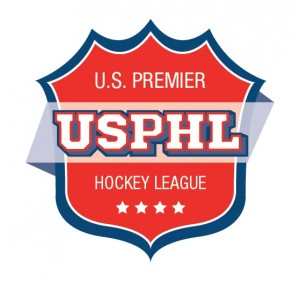Timing right for new CAHA president Hancock
 The California Amateur Hockey Association (CAHA) has a familiar face moving into the organization’s top role.
The California Amateur Hockey Association (CAHA) has a familiar face moving into the organization’s top role.
Tom Hancock, who was previously involved with the CAHA executive committee as first vice president, takes over from outgoing president Steve Laing, who has moved on to serve in a director’s position with USA Hockey’s Pacific District. With Laing’s departure, a void was created within CAHA and Hancock was ready to take the next step within the association.
“I had considered running for president in years past, but Steve was doing a great job and I just thought I would hold off until the time was appropriate,” said Hancock, a commercial contractor who resides in Clovis. “It’s an exciting time for hockey in California – there have been increases in numbers year after year, and I think that’s only going to continue.”
Hancock points to high school hockey as one area that he’s looking to grow as president. While the San Jose Jr. Sharks, Anaheim Jr. Ducks and Los Angeles Jr. Kings all have their own high school leagues, Hancock’s goal is to expand that foundation into a statewide program with recognition from the California Interscholastic Federation (CIF).
“As a state, neither the North nor the South has an actual structure for high school hockey, and that’s where I see the potential for significant growth,” said Hancock. “The high school hockey leagues are really growing, but it’s been offshoot leagues within the Jr. Sharks, Jr. Ducks, and Jr. Kings organizations. My vision is that we can transform that into a high school hockey league that could open the door for CIF recognition of high school hockey throughout the state, but with CAHA governance.
“My ambition is that by the end of my tenure, I would like to be able to walk away with CIF having some formal recognition of hockey in California.”
With that growth comes one glaring problem, as Hancock is the first to admit. It’s the same problem facing hockey statewide – a growing game with plenty of willing participants, but a dire lack of ice to put them on.
“The rinks we have are swollen at the boards with players and really don’t have a lot of room for growth,” Hancock said. “ It’s an emerging market and with this high school model, if you can get a couple of high schools involved to build some rinks, then it will take off from there. That’s our hope.
“By getting high schools involved, and continuing to try and get communities and municipalities involved where you have some integration of public money in terms of facilities, it will hopefully provide the infrastructure for new rinks.”
Getting some sort of public funding for new rinks is vital because as Hancock explains, securing private investors for a new rink can be a tenuous proposal.
“It’s a tricky situation,” said Hancock. “I don’t know if from an investment standpoint that it’s the best idea to build a rink. You automatically have to have a two-sheet facility, but the problem is that the debt load on that kind of investment doesn’t necessarily even out with the revenue stream that you might see on that type of facility. That’s why securing public money is so important.”
This year’s arrival of five American Hockey League (AHL) franchises definitely helps in the push to get more ice in the state.
“I think the arrival of the AHL teams – even something like potential expansion to Las Vegas – helps get the game a little more regionalized,” said Hancock. “As you get more teams in the West, the demand for market share is going to force these teams to invest in communities a little more and hopefully, we see some more rinks built as part of that. The best fan base for any hockey program starts with hockey players and parents and if you can nurture that growth, you will end up in a good place.”
— John B. Spigott









